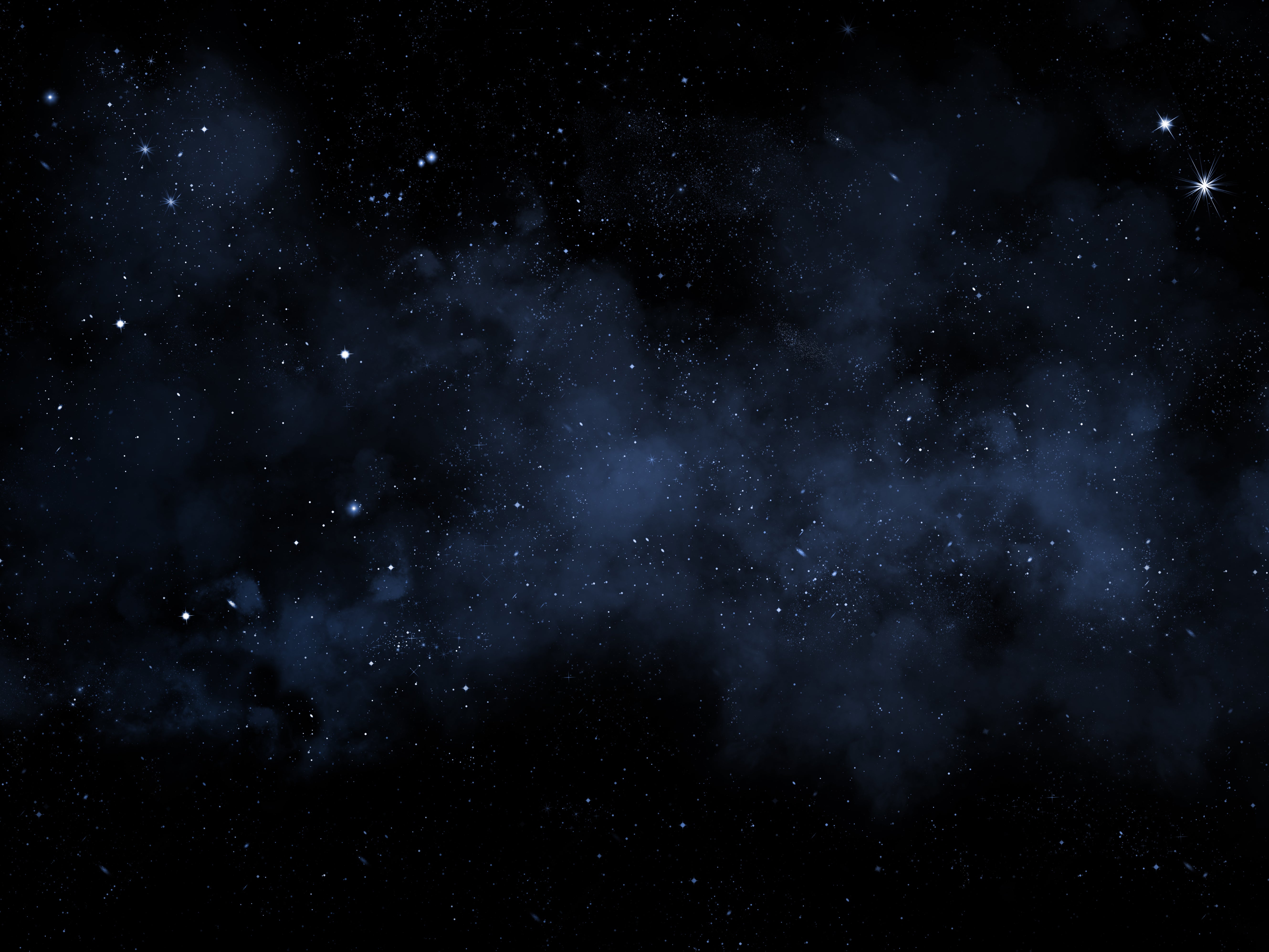Night skies are getting clearer as rising energy costs keep light pollution down, charity says
Households ‘more conscious’ about wasting energy leading to improvements, CPRE says

Soaring energy costs are making the night sky clearer by keeping light pollution down, according to a new star count.
CPRE, the countryside charity, said visibility has continued to improve even further since lockdown last year.
It asked Britons to look up at the sky and count the number of stars they could see in the Orion constellation between late February and early March.
Their latest results suggested severe light pollution – which is defined as being able to see 10 or fewer stars with the naked eye – has continued on a downward trend.
The charity said it peaked in 2020, when 61 per cent of participants reported visibility this poor.
Severe light pollution dropped to 51 per cent in 2021, before falling even lower to 49 per cent this year.
CPRE said more home-working and offices wanting to keep electricity costs low amid elevated energy prices appear to “have led to fewer lights being left on overnight”.
Households also being “more conscious” about wasting energy was also driving the “continued reduction in light pollution”, according to the charity.
Emma Marrington, its dark skies campaigner, said the latest findings showed “small adaptations can make a big difference”.
“If there is a silver lining from the legacy of lockdown and, now, the soaring cost of energy, it is that it has never been clearer how simple it is to cut carbon emissions and energy bills while improving our natural environment,” she said.
National Geographic describes light pollution as the excessive or inappropriate use of artificial light.
As well as affecting stargazing, it can also have harmful environmental impacts – and has even been linked to a decline in insect populations.
Join our commenting forum
Join thought-provoking conversations, follow other Independent readers and see their replies
Comments
Bookmark popover
Removed from bookmarks